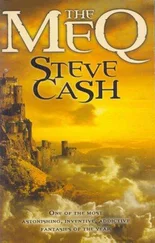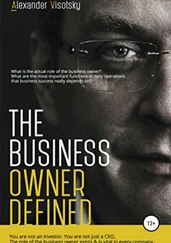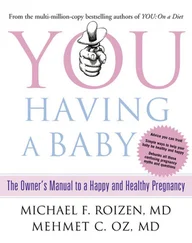For web/mobile startups, here’s how the MVP is used in the discovery process:
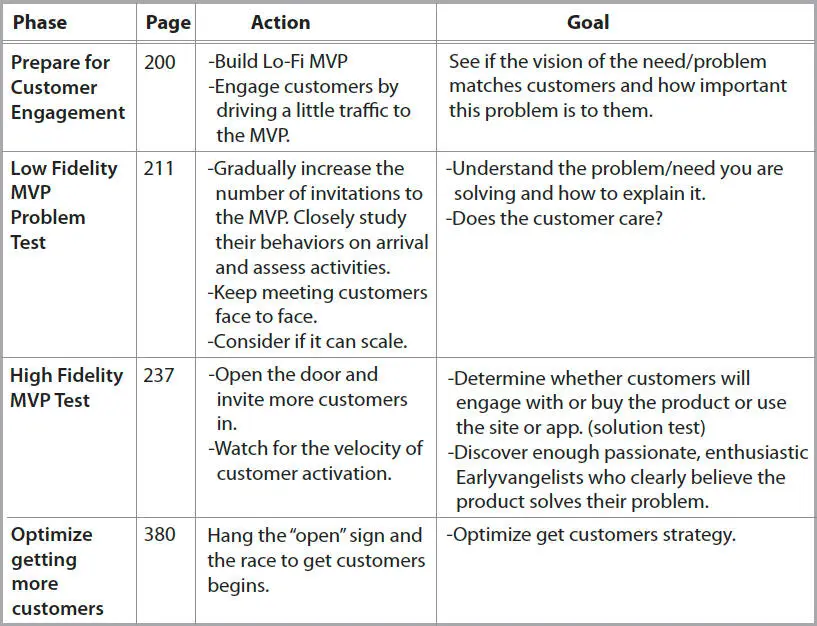
Figure 3.2Developing the Minimum Viable Product for a Web/Mobile Product
Use the Business Model Canvas as The Customer Discovery Scorecard
Often there’s a lack of a shared and clear understanding of the business model throughout the company. This customer discovery step uses Alexander Osterwalder’s business model canvas to diagrammatically illustrate how a company intends to make money. As shown in Figure 3.3the canvas represents any company in nine boxes, depicting the details of a company’s product, customers, channels, demand creation, revenue models, partners, resources, activities and cost structure. (We described the business model canvas in detail in the Customer Development Manifesto.)
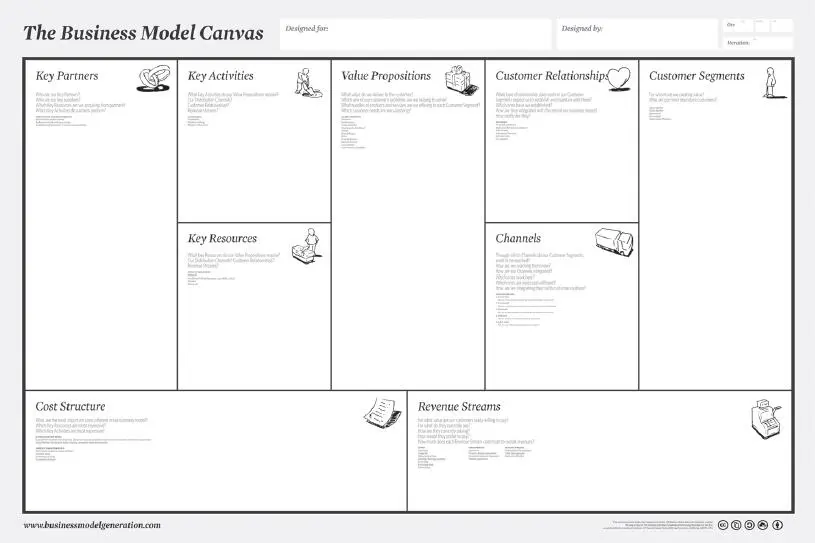
Figure 3.3 Business Model Canvas
In this phase you’ll develop a one- or two-page brief about each of the following boxes in the business model canvas:
Market Size: how big the opportunity is
Value Proposition, Part 1: the product/service, its benefits and minimum viable product
Customer Segments: who the customer is and what problems the product solves
Channels: how the product will be distributed and sold
Customer Relationships: how demand will be created
Value Proposition, Part 2: market-type hypothesis and competitive set/differentiation
Key Resources: suppliers, commodities, or other essential elements of the business
Key Partners: other enterprises essential to success of the business
Revenue Streams: revenue and profit sources and size
When you first draft your initial hypotheses your canvas begins to fill up, looking like Figure 3.4.
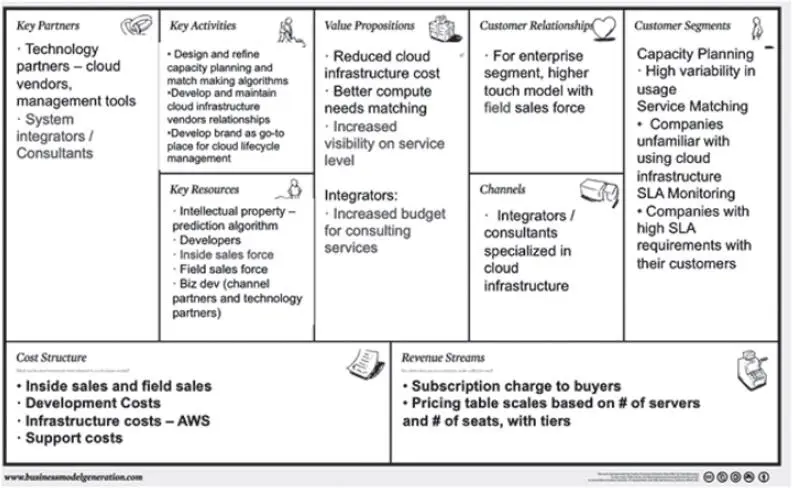
Figure 3.4 Sample Business Model Canvas—Initial Hypotheses
But in addition to using the business model canvas as a static snapshot of the business at a single moment, frozen in time, Customer Development uses the canvas as a “scorecard” to track progress in searching for a business model.
Once a week update the canvas to reflect any pivots or iterations, highlighting in red the changes from the last week.
Then after you and your team agree on the changes to your business model, integrate them into what becomes your new canvas for the week (the accepted changes in red are then shown in black). During the next week any new changes are again shown in red. Then the process repeats each week new changes showing up in red. Then a new canvas used for the week.
This method highlights the changes over time for your and the team’s reference. Figure 3.5shows how the canvases will look over time.
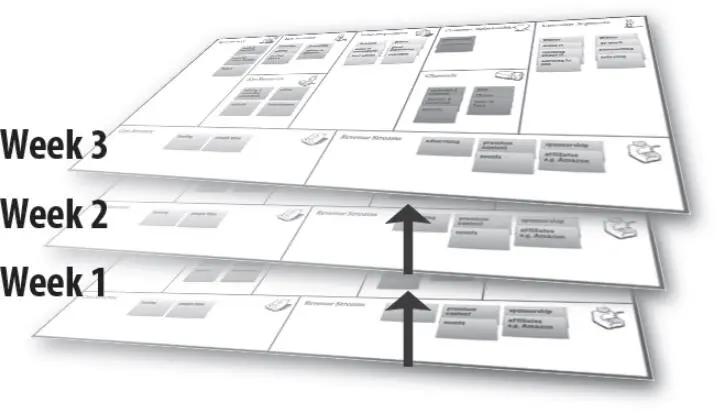
Figure 3.5 Using the Business Model Canvas as a Weekly Scorecard
Had they read this book, and gotten out of the building, the folks at Iridium might have saved billions by learning just how small the market for their business had become. It would have allowed them to search for alternatives and survival.
To sum up the customer discovery philosophy:see whether there’s product/market fit by finding earlyvangelists, understanding their needs, and verifying that the initial minimum viable product solves a problem they’ll eagerly pay to have solved. And if not, use near-continuous customer feedback to drive agile, frequent changes in product and business model alike.
As you complete the hypothesis development, your business model canvas quickly becomes multi-dimensional. You are really developing three initial canvases:
Core elements of the business model itself (value proposition, channel, etc.)
Hypotheses you have for each element of the business model (such as “people will want these features, “or “customers will buy our product because…”)
And a layer outlining the key pass/fail tests you will use to get face-to-face with customers and use their feedback to convert your hypotheses into facts.

Figure 3.6Customer Discovery: Overview of the Process
Customer Discovery has Four Phases
Phase 1deconstructs the founders’ vision into the nine parts of the business model canvas (product, customers, channels, demand creation, revenue models, partners, resources, activities and cost structure). Then your team writes one-page briefs about each of the hypotheses, including the list of experiments or tests you’ll need to conduct to prove or disprove each one.
In Phase 2you conduct experiments to test your “problem” hypotheses. This helps you understand how important the problem is and how big it can become. You do so by testing most elements of the business model, including the value proposition, pricing, channel strategy, and sales process. Your goal is to turn hypotheses into facts or discard them if they’re wrong, and replace them with new hypotheses. In the process, you’ll gain a deep understanding of customers’ business, workflow, organization, and product needs. When all the facts are in, update your results on the canvas.
 Web-based products and channels often implement much of Phase 2 online in near-real time.
Web-based products and channels often implement much of Phase 2 online in near-real time.
In Phase 3, you test your “solution,” presenting your value proposition (product, pricing, features, and other business model components) and the minimum viable product to customers and compare their responses to the “pass/fail” goals you developed earlier.  For a web-based product, the MVP is a live site, a live demo, or a feature or piece of functionality or content. The goal is not to sell the product, but to validate how well you understood the problem in Phase 2 when you heard customers say, “Even these minimum features solve our problems,” or, “I need this product.” Ideally, customers ask, “When can I get it?”
For a web-based product, the MVP is a live site, a live demo, or a feature or piece of functionality or content. The goal is not to sell the product, but to validate how well you understood the problem in Phase 2 when you heard customers say, “Even these minimum features solve our problems,” or, “I need this product.” Ideally, customers ask, “When can I get it?”
 Online, customers should engage and interact, spend time on it or with it, appear in droves, come back again and again, and bring their friends.
Online, customers should engage and interact, spend time on it or with it, appear in droves, come back again and again, and bring their friends.
In Phase 4you stop and assess the results of the experiments you’ve conducted and verify that you have:
a full understanding of customers’ problems, passions, or needs
confirmed the value proposition solves problems, passions or needs
determined that a sizable volume of customers exists for the product
learned what customers will pay for the product
made certain the resulting revenue should deliver a profitable business
Читать дальше
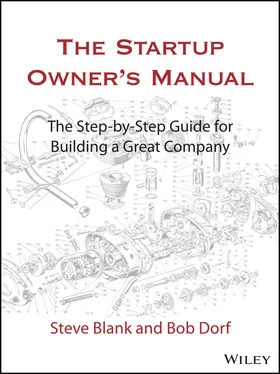





 Web-based products and channels often implement much of Phase 2 online in near-real time.
Web-based products and channels often implement much of Phase 2 online in near-real time.


